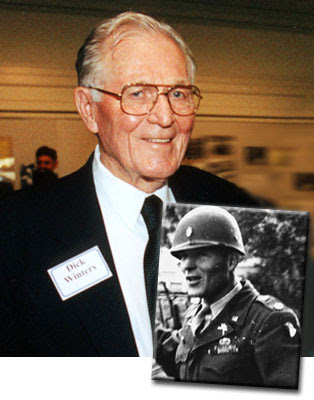It amazes me to see how a simple project can be doomed by the lack of a clear leader.
Last night's 'Biggest Loser' featured a simple project. The team had to construct a pontoon bridge out of a stack of large, heavy, inflatable rafts that could be attached to each other to reach an island in the middle of a river. On the island was another stack of rafts with which they had to construct another bridge to reach the other side of the river.
Their rival team had already completed this task and had set the time to beat of 39 minutes.
The team were given a few minutes to strategize and it became clear immediately that they were going to fail. Many people asserted their right to be the leader but no-one allowed themselves to be led by any others. I saw several reasons why no leaders emerged:
1) The game is set up to have the contestants compete against each other in the long run so there was a lack of trust in the short run
2) There was no one vocal leader who asserted their leadership at the beginning
3) Many different people put forward different strategies but no one grasped anyone else's strategy
When the time for planning had ended and the horn sounded to start the competetion, all the contestants knew and even said out loud that they had no strategy. Yet they all started running around with their own plans to complete the project. A couple of minutes of focused planning would have solved this but they all ran straight to their jobs, using competing strategies and getting in each other's way. At times some were standing around waiting for others to do things, some were floating rafts, others were dragging them.
There was no communication before or during the project. People were shouting competing commands but no one was listening to anyone else.
What lessons can we get from this?
A) If no clear leader is assigned or emerges during the planning session, you must take the reins yourself or advance the leadership of the person you think is most suited for the job. This leader must be respected enough by the group to allow them to follow him/her for the duration of the project.
B) Even if you are competing with your peers in the long run for that promotion, that key project, that bonus, don't let this get in the way of short-term goals like project success. If the project fails, another PM may get blamed giving you a short-term gain but you also might all be out of a job.
C) Spend enough time to plan the project so that you have no-one working at cross-purposes, even if that time is taking away some of the execution time of the project. You will finish the project earlier in the long run.
Communication means listening to others, not just talking. The old adage of two ears and one mouth applies to project management.














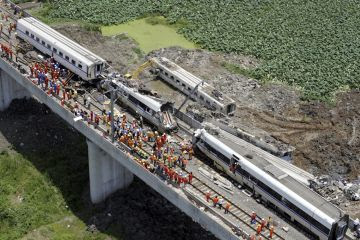


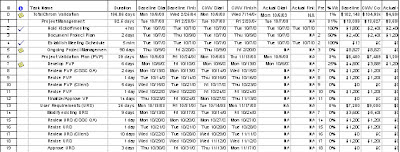
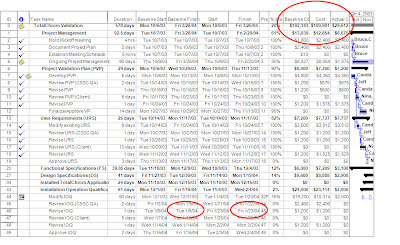
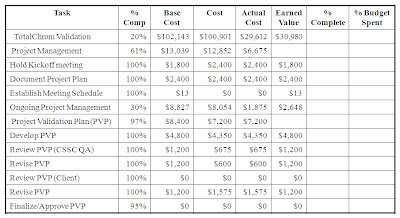
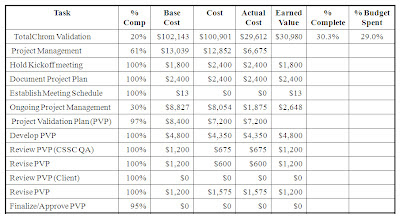

 We have an interesting situation going on here in New Jersey. The Federal Government had promised $3 Billion to assist in building a rail tunnel to connect New Jersey to Manhattan, relieving pressure on the existing tunnel that New Jersey Transit shares with Amtrak. That sounded fine when the total tunnel cost was projected to cost $8 Billion but when new estimates came in at $11 Billion and growing, our Governor did a remarkable thing. He cancelled the project. People were up in arms about the $300 Million already spent, land purchased, jobs promised, etc. but Governor Christie held his ground. He wasn't about to saddle New Jersey taxpayers with some home-grown
We have an interesting situation going on here in New Jersey. The Federal Government had promised $3 Billion to assist in building a rail tunnel to connect New Jersey to Manhattan, relieving pressure on the existing tunnel that New Jersey Transit shares with Amtrak. That sounded fine when the total tunnel cost was projected to cost $8 Billion but when new estimates came in at $11 Billion and growing, our Governor did a remarkable thing. He cancelled the project. People were up in arms about the $300 Million already spent, land purchased, jobs promised, etc. but Governor Christie held his ground. He wasn't about to saddle New Jersey taxpayers with some home-grown 




